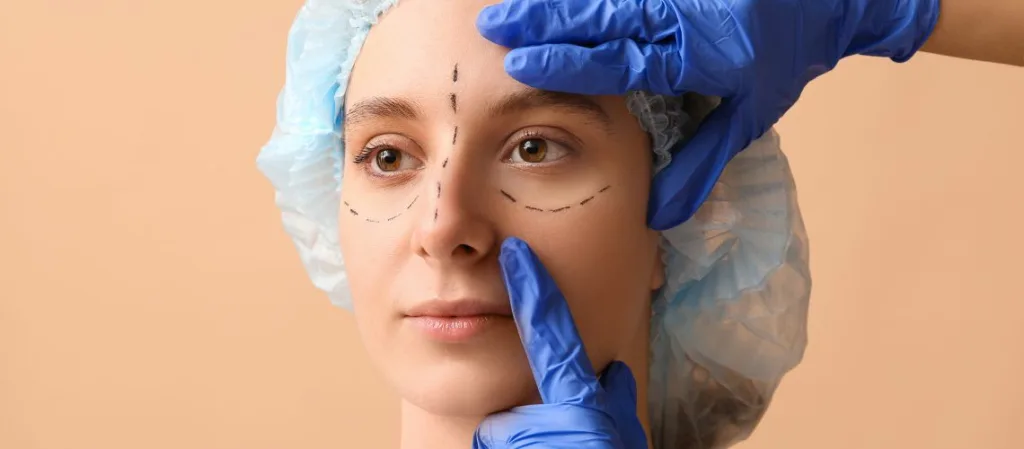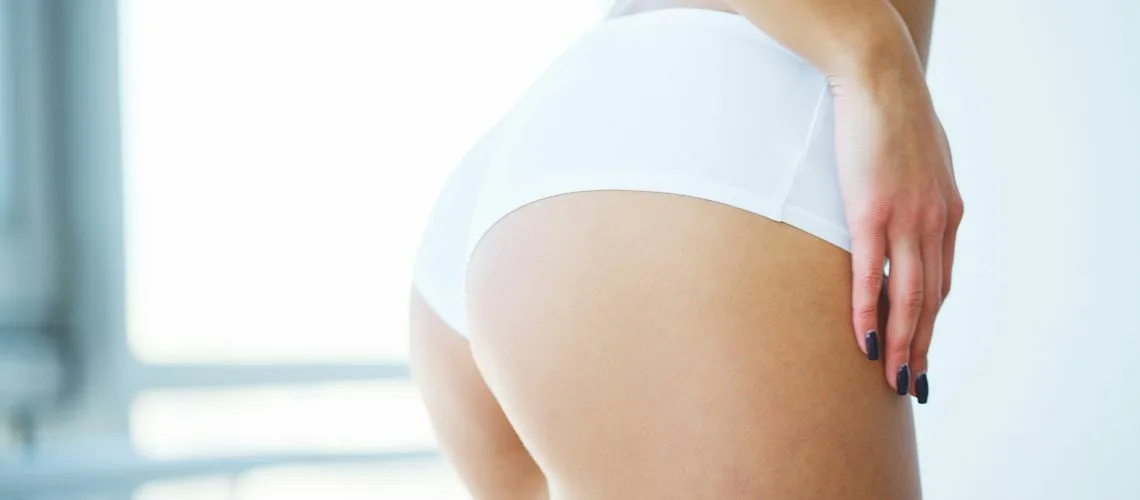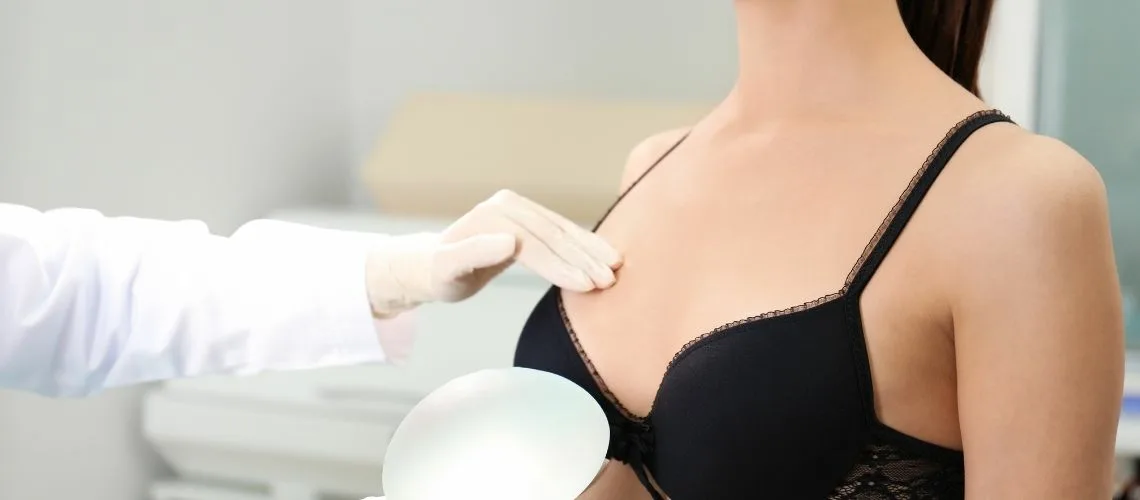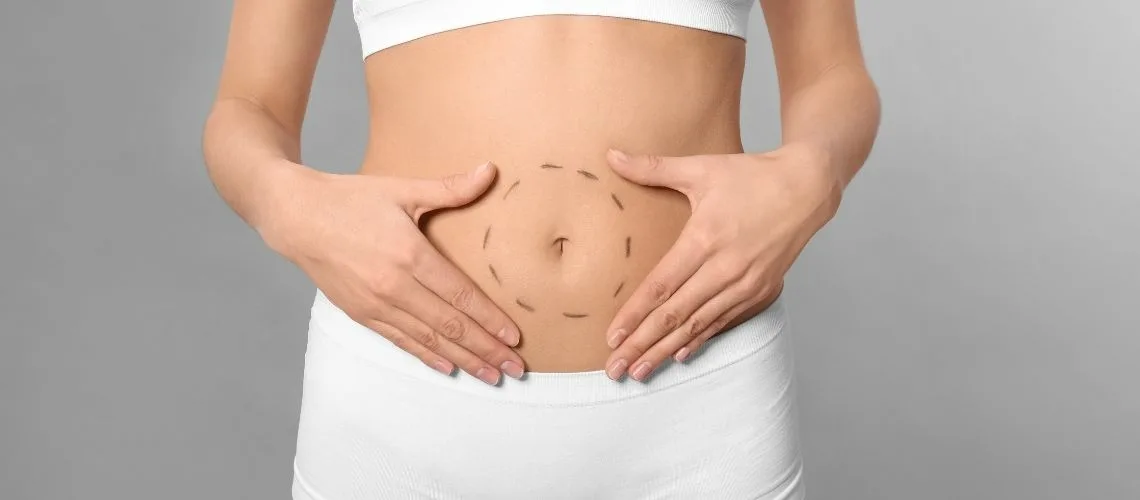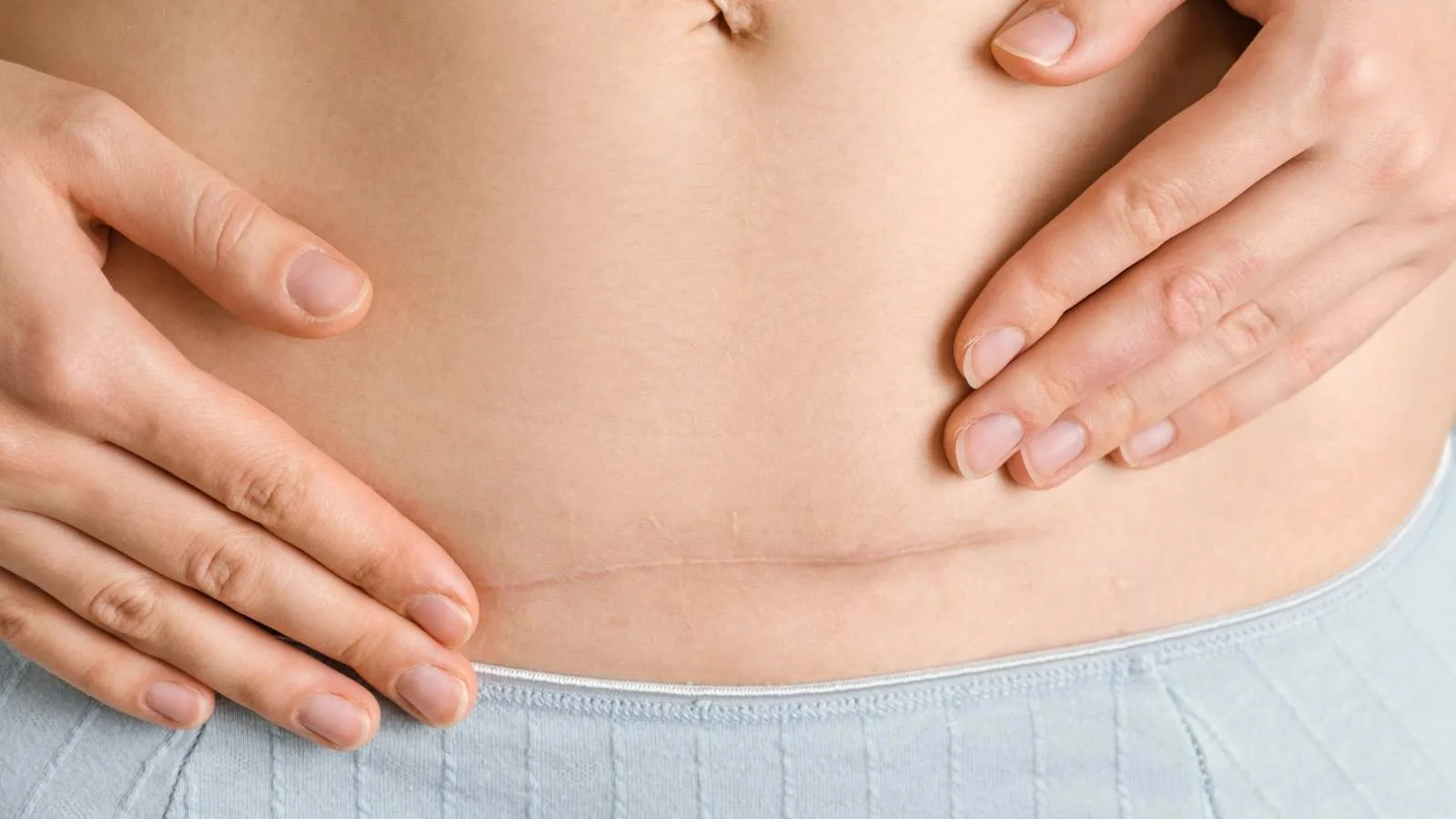The recovery process after eyelid aesthetics, or blepharoplasty, focuses on tissue healing and restoration of normal eyelid function. Patients typically experience temporary swelling, bruising, and mild discomfort that gradually improve within one to two weeks.
Post-operative care after eyelid surgery includes applying cold compresses, using prescribed eye drops, and maintaining head elevation. These measures help reduce swelling and promote faster healing while minimizing the risk of complications.
Vision may appear temporarily blurry due to ointments or mild swelling. Most patients return to normal activities within 10 to 14 days, although complete tissue recovery and final cosmetic results may take several weeks.
Long-term results of eyelid aesthetics are stable and significantly rejuvenate facial appearance. By removing excess skin and fat, blepharoplasty not only enhances aesthetics but also improves vision in cases of eyelid drooping. Proper aftercare ensures lasting outcomes.
What Should I Expect Immediately After Surgery?
Once the operation is finished, you will spend some time in the recovery room. The medical team will keep you under observation to ensure you emerge safely from anesthesia—this usually happens with day-case surgery, so if all goes well you can go home the same day.
Do not return home alone. While the effects of surgery and anesthesia persist, it is very important to have a trusted adult (over 21 and responsible) with you, especially for the first night. Arrange this person in advance.
In the first hours you will normally feel tightness, swelling, and numbness in your eyelids. Because of the lubricating ointment used to protect your eyes during surgery, your vision may be temporarily blurred—this usually clears within 24 hours.
Some people also experience tearing, light sensitivity, or—rarely—double vision, all of which are temporary. Swelling and bruising around the eyes are expected, sometimes producing a “raccoon-eye” look. A slight oozing from the incision sites is also normal at first. Mild pain or discomfort may occur, but it is usually controlled easily with pain medication. Severe pain is not expected; contact your surgeon immediately if it occurs.
Cold compresses and ointment are typically started right away to reduce swelling and protect the eyes. Keeping your head elevated from the very beginning is another key point on the list of precautions.
Typical Symptoms and How Long They Last
The most common post-operative issues are swelling and bruising—normal bodily reactions to surgery. Swelling usually peaks on day 2 or 3 after the operation and then gradually subsides. Visible swelling (also called edema) and bruising largely diminish within 1–3 weeks. Most people feel comfortable returning to social settings after 10–14 days. However, slight residual swelling can take several months to disappear. Bruises change color over time, fading from dark purple to yellowish. Swelling may be more pronounced in the morning.
Pain is generally mild and can be controlled with your surgeon’s recommended or prescribed analgesics (typically those containing paracetamol/acetaminophen). It is greatest in the first few hours after surgery and then eases. If your pain is severe or does not lessen over time, contact your surgeon.
You may feel tightness and numbness in the eyelids for several days or weeks. Vision may be blurred initially because of the ointment. Tearing and light sensitivity also improve within days or weeks.
Dry eyes, stinging, burning, or itching are common. These symptoms are usually temporary, resolving within a few weeks to three months. Itching often peaks around day 3. Over-the-counter artificial tears can bring relief. People who already had dry-eye symptoms may notice these issues more.
Sticky discharge or crusts can appear at the incision sites during the first week. Closing your eyes fully while sleeping may be temporarily difficult. Remember: although noticeable healing takes 2–3 weeks, final results and the disappearance of all subtle swelling can take months.
Week-by-Week Recovery Timeline
Healing varies from person to person, but a general timetable can help you set expectations.
- Days 1-3: Rest is the priority. Sleep with your head elevated on 2–3 pillows or in a recliner. Apply cold compresses frequently while awake (about 10-15 minutes each hour). Expect swelling and bruising to peak on day 2 or 3. Vision may be blurred, and eyelids may feel tight and numb. Pain is usually mild. Strictly limit activity—avoid bending, heavy lifting, and straining. After the first day you may take very short, gentle walks indoors. Edema at this stage is normal.
- Week 1 (Days 4-7): Swelling and bruising visibly decrease. Bruises begin to change color. Discomfort fades. Sutures are generally removed between day 5 and 7 (sometimes up to day 10). Continue to avoid strenuous activity. You may slowly resume light household tasks. Avoid eye strain (prolonged reading, screen time). Your first follow-up visit usually occurs this week.
- Weeks 2-3: Most major swelling and bruising have resolved. Many patients feel socially comfortable now. Return to work (7-14 days post-op) depends on your job—if you work at a computer, start gradually and take breaks often. Resume longer walks or light activity, extending duration as tolerated. With your surgeon’s approval (often 10-14 days post-op) you may start using makeup and contact lenses. Continue to avoid strenuous exercise, heavy lifting, intense sports, and swimming. Symptoms of dry eyes and itching usually improve in this phase.
- Weeks 4-6: Remaining swelling decreases further and results become more defined. With clearance from your surgeon, you may gradually restart moderate exercise (light jogging, yoga without inversion poses, stationary cycling, light weights). Initially avoid high-impact activities, heavy lifting, and positions where the head drops below heart level. Continue to protect your eyes from sun exposure. Final results are emerging but not yet complete.
- Months 2-3 and beyond: Minor residual swelling disappears. Incision lines keep maturing—softening, flattening, and lightening (this may take months or up to a year). Depending on your surgeon’s guidance, most activities—including vigorous sports—are fully resumed by week 6-8. Final aesthetic results are now fully visible. If present, dry-eye symptoms should be resolved or markedly improved.
Post-Operative Care Instructions
Proper after-care is vital for smooth healing and the best outcome. The key items to keep in mind are:
- Elevate Your Head: Reduce swelling and edema by sleeping and resting with your head raised above chest level for the first few days (sometimes longer).
- Cold Compresses: Apply cold packs often—especially during the first 2-3 days—for 10-15 minutes each hour while awake. Wrap ice in a clean cloth; never apply ice directly to the skin.
- Medications: Use any prescribed antibiotic or lubricating ointments/drops exactly as directed to prevent infection, reduce dryness, and aid healing. Over-the-counter artificial tears can ease dry eyes. Take the recommended pain reliever; avoid aspirin or ibuprofen unless your surgeon approves. Take pain pills with food to avoid stomach upset.
- Incision Care: Keep the surgical area clean and dry. Follow your surgeon’s specific cleaning instructions and apply antibiotic ointment as directed. Do not rub your eyes or the incisions. Sutures are usually removed 5-10 days after surgery.
- General Care: Rest, hydrate well, and eat a balanced, low-sodium diet. Avoid smoking—it delays healing—and limit alcohol, which can worsen swelling. Consume fiber-rich foods to prevent constipation.
- Follow-Up Visits: Attend all scheduled post-operative appointments.
Which Activities Should I Avoid and for How Long?
Activity must resume gradually. Avoid:
- Strenuous Exercise and Sports: Refrain for at least 1-4 weeks or as your surgeon advises.
- Heavy Lifting: Avoid lifting more than 5 kg (11 lb) for the time your surgeon specifies (usually 1-6 weeks).
- Bending and Straining: Do not bend at the waist or strain on the toilet for the first 1-2 weeks. Sneeze with your mouth open if possible.
- Sexual Activity: Like intense exercise, intercourse should be postponed for the first few weeks—follow your surgeon’s timeline.
- Swimming and Hot Tubs: Avoid until incisions are fully healed (generally 1-3 weeks or longer).
- Eye Strain: Limit long reading sessions and screen time initially; take frequent breaks.
- Rubbing Eyes: Do not rub for at least 2 weeks.
- Driving: Do not drive while on pain medication or if your vision is blurred; typically allowed 5-10 days post-op with approval.
- Dusty or Smoky Environments: Avoid for the first 1-2 weeks; also keep away from direct fan air to the face.
Special Restrictions
- Contact Lenses: Do not wear them until your surgeon approves—often around 2 weeks post-op. You may wear glasses immediately.
- Make-Up: Avoid eye area make-up until incisions heal and sutures are removed (about 10-14 days or longer). Use new products and get your surgeon’s approval first.
- Sun Exposure: Protect healing eyelid skin and scars from sunlight for at least 6-12 months. Wear UV-blocking dark sunglasses and a wide-brimmed hat outdoors. Apply high-SPF (30-50+) sunscreen once healing permits.
- Showering/Bathing: Usually you may shower the day after surgery, but avoid soap, shampoo, or water splashing directly into your eyes during the first week. Pat dry gently. Ask before taking full tub baths.
- Hair Treatments: Avoid chemical processes (hair dye, perm) for about 10 days.
When Are Sutures Removed?
Sutures in eyelid surgery are usually removed 5-10 days after the procedure—commonly at your first follow-up visit about one week post-op. Removal is quick and generally causes minimal discomfort. If absorbable stitches were used, they will dissolve on their own, and no removal is needed. Timely suture removal supports healing.
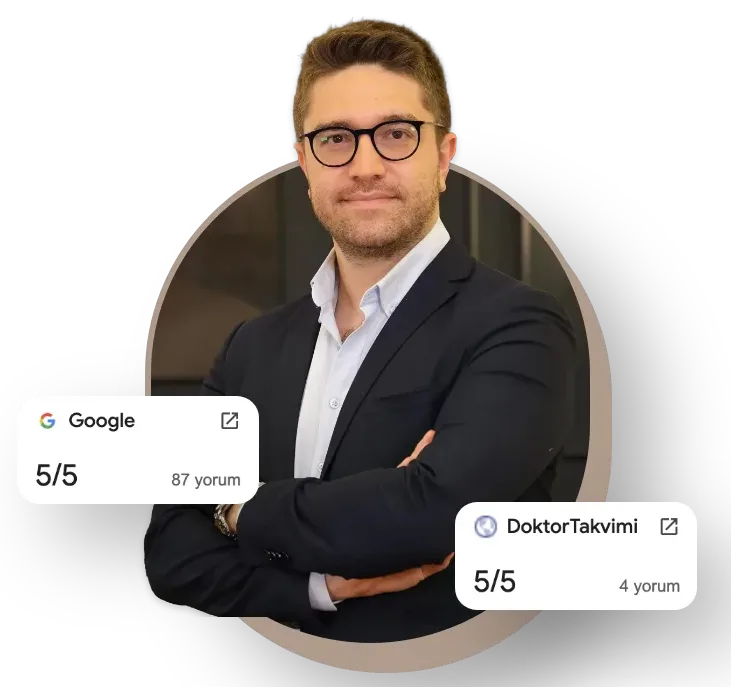
Op. Dr. Erman Ak is an internationally experienced specialist known for facial, breast, and body contouring surgeries in the field of aesthetic surgery. With his natural result–oriented surgical philosophy, modern techniques, and artistic vision, he is among the leading names in aesthetic surgery in Türkiye. A graduate of Hacettepe University Faculty of Medicine, Dr. Ak completed his residency at the Istanbul University Çapa Faculty of Medicine, Department of Plastic, Reconstructive and Aesthetic Surgery.
During his training, he received advanced microsurgery education from Prof. Dr. Fu Chan Wei at the Taiwan Chang Gung Memorial Hospital and was awarded the European Aesthetic Plastic Surgery Qualification by the European Board of Plastic Surgery (EBOPRAS). He also conducted advanced studies on facial and breast aesthetics as an ISAPS fellow at the Villa Bella Clinic (Italy) with Prof. Dr. Giovanni and Chiara Botti.
Op. Dr. Erman Ak approaches aesthetic surgery as a personalized art, tailoring each patient’s treatment according to facial proportions, skin structure, and natural aesthetic harmony. His expertise includes deep-plane face and neck lift, lip lift, buccal fat removal (bichectomy), breast augmentation and lifting, abdominoplasty, liposuction, BBL, and mommy makeover. He currently provides safe, natural, and holistic aesthetic treatments using modern techniques in his private clinic in Istanbul.

